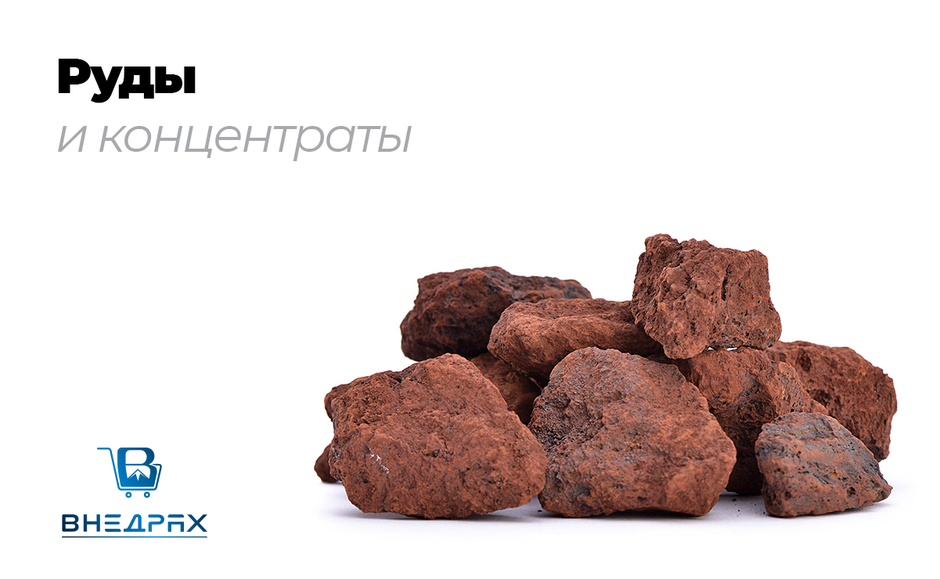Cinnabar (mercury sulfide HgS)
Cinnabar (mercury sulfide HgS) Cinnabar (ancient Greek κιννάβαρι, lat. cinnabari), - HgS - mineral, mercury(II) sulfide. The most common mercury mineral. It has a scarlet color and on a fresh chip resembles blood stains. In air, it gradually oxidizes from the surface, becoming covered with a thin film of tarnish (HgO). The Greek name cinnabar, used by Theophrastus, according to one version, comes from the ancient Persian. zinjifrah, probably meaning "dragon's blood". Cinnabar is also the name given to the inorganic pigment formerly derived from this mineral and the corresponding shade of red - see cinnabar color. -Crystal structure of cinnabar. Cinnabar, Historical collection of dyes of the Technical University of Dresden, Germany. Antimonite-quartz-cinnabar ore from the collection of the geological and geophysical fact of the Novosibirsk State University. University Cinnabar twins ≈1.5 cm. Nikitovskoe deposit. Properties Contains 85.83% mercury. It crystallizes in the trigonal system, forming predominantly small rhombohedral or thick-tabular crystals, crystalline granular or powdery masses. Twin germination is characteristic. Cleavage is perfect in one direction. Fragile. The color is red, sometimes there is a dark bluish-gray discoloration. In thin fragments, cinnabar is transparent and has a bright “diamond” shine. Hardness on the Mohs mineralogical scale is 2-2.5; density 8.09-8.20 g/cm³. It melts easily and when heated in air to 200 °C it completely evaporates with the formation of mercury vapor and sulfur dioxide. Soluble only in aqua regia. Cinnabar is the most common mercury mineral. It is formed in hydrothermal near-surface deposits, together with quartz, calcite, barite, stibnite, pyrite, galena, marcasite, and less often with native gold. The world's largest mercury deposit, Almaden, is located in Spain, which until recently accounted for about 80% of world mercury production, in Yugoslavia (Avala), Slovenia (Idrija), and the USA (New Almaden). Pliny the Elder mentions in his writings that Rome purchased up to 4.5 tons of mercury annually from Spain. Artificial production The technology for producing artificial cinnabar, obtained by fusing mercury and sulfur, became known in ancient times. The first time artificial cinnabar was produced in this way was probably in China. In the east, the Arab alchemist Jabir speaks of obtaining artificial cinnabar already in the 8th-9th centuries. In Europe, judging by Cennini’s treatises, Italian artists in the 15th century. They no longer used mineral cinnabar, but artificial one. There are two main methods for laboratory preparation of artificial cinnabar: dry and wet. When preparing using the dry method, mercury is mixed with the required amount of sulfur and heated in a closed retort. In this case, black mercury sulfide is formed. The black mercury sulfide β-HgS is then sublimated by heating and condenses. As a result, red mercury sulfide α-HgS is formed. The wet method began to be used in Germany at the end of the 18th century. Mercury and sulfur were ground together in the presence of water, and then caustic soda (NaOH) was added to the mixture. After subsequent grinding, black mercury sulfide becomes red. In an improved procedure, potassium pentasulfide is added instead of caustic soda. It must be borne in mind that any manipulations with liquid mercury and its water-soluble salts are fraught with extremely severe poisoning, and therefore the preparation of artificial cinnabar is permissible only in laboratory conditions in compliance with all safety regulations. Particles of cinnabar obtained by the dry method, under a microscope, look much larger than particles of this pigment obtained by the wet process, and also have a bluish carmine tint. A serious disadvantage of artificial cinnabar is that over time it can change color to gray or almost black, which is often observed in the paint layer. Cinnabar has been used since ancient times as a red dye, as a source for mercury, and as the only reliable (albeit unsafe) treatment for syphilis that existed before the invention of antibiotics. As an irreplaceable bright scarlet mineral pigment, cinnabar was already used in Ancient Egypt and early Byzantium. Everywhere since then, as in our days, natural cinnabar is widely used in canonical icon painting. In secular painting, starting from the second half of the 19th century, cinnabar is rarely found; it is currently replaced by cadmium red and mercury-cadmium paints. Cinnabar Physical properties Formula HgS Color Red, brown, gray Feature color Bright red Luster Diamond or dull Transparency Opaque, translucent in thin chips Hardness 2 - 2.5 Cleavage Perfect fracture Uneven, stepped; fragile Density 8.0 - 8.2 g/cm³ Trigonal system Refractive index 2.91 Price per 1 kg. Formula HgS Density 8.0 - 8.2 g/cm³
No reviews found



